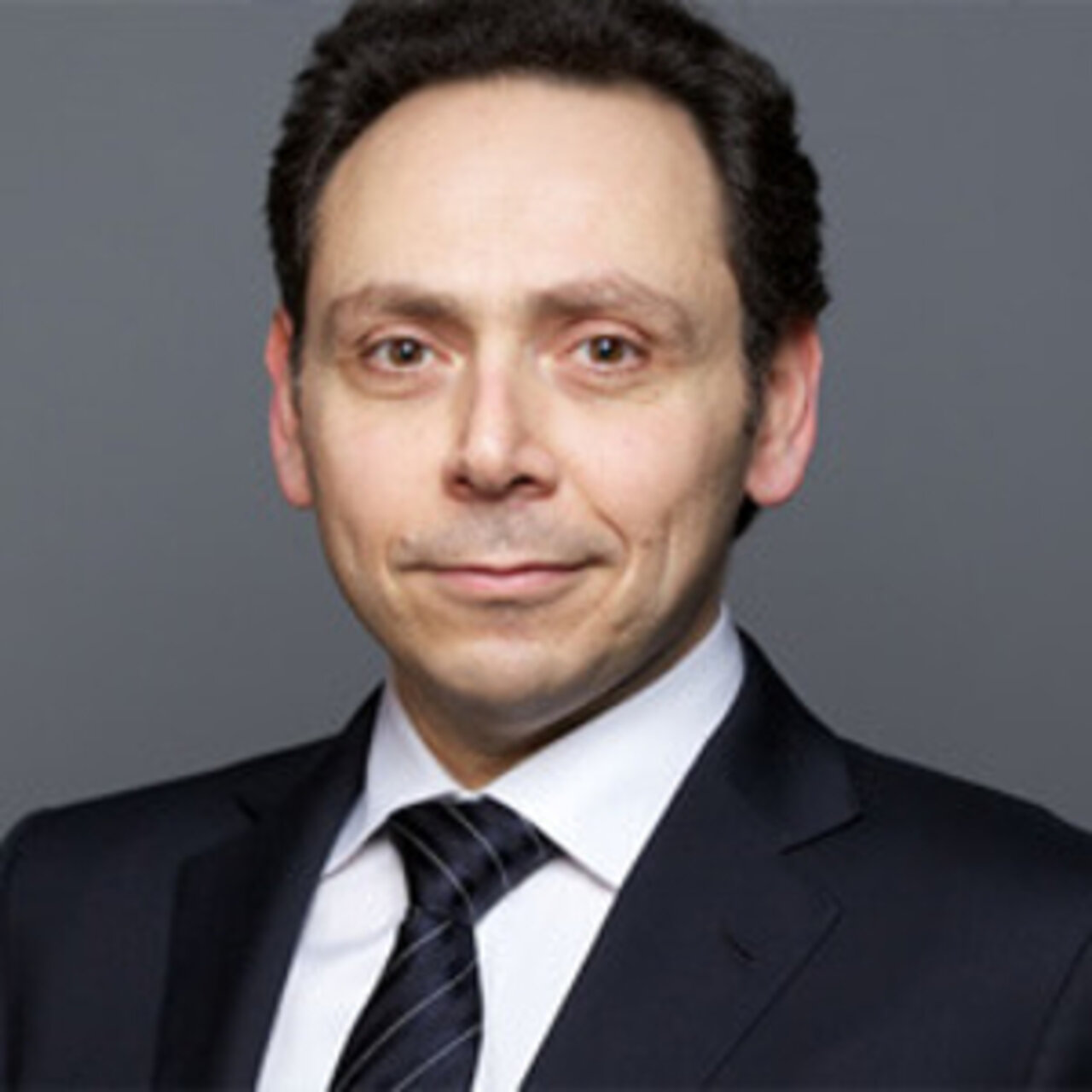Specialists in Intraocular lens
3 Specialists found
Information About the Field of Intraocular lens
What is an intraocular lens (IOL)?
An intraocular lens (IOL) is an artificial lens that is implanted directly behind the iris of the eye. In contrast, regular contact lenses are applied externally. An IOL serves as a replacement for the diseased eye lens following its surgical removal.
To better understand the position and function of an intraocular lens, the general structure of the eye should be briefly explained.
The eyeball is comprised of multiple layers, with the cornea at the very front of the eye. It is essential for light refraction and borders the aqueous humor, which is responsible for nourishing the cornea and regulating intraocular pressure. Behind it lies the iris with a central opening, the pupil, whose diameter can be regulated by the muscles of the iris.
The eye lens is partially covered by the iris and is freely visible within the pupil opening. It has two main functions: light refraction and accommodation. During accommodation, the curvature of the lens is adjusted as needed to project an object sharply onto the retina. Thus, accommodation allows for near and distant objects to be seen clearly. This process is achieved by the eye musculature and suspensory fibers, which hold the lens in place.
The lens can be affected by various diseases, necessitating the implantation of an intraocular lens.
Which diseases are treated with an intraocular lens?
Intraocular lenses have a broad range of applications and can be used in various conditions thanks to the development of different lens types and systems.
Cataract (gray star)
In cataracts, the lens becomes clouded. Light can therefore no longer be properly refracted by the lens and projected onto the retina. This leads to a gradual onset of visual disturbances. The most common cause is age-related degeneration of the lens. An artificial intraocular lens can significantly improve the quality of life of affected patients.
Refractive errors
Severe refractive errors, particularly hyperopia (farsightedness), can be treated with intraocular lenses. Similarly, severe cases of astigmatism, caused by a curved cornea, can also be corrected using an IOL. In rarer cases, artificial lenses can be used for treating high myopia (nearsightedness).
Other indications
Intraocular lenses can be used for other pathological changes to the lens. For instance, following displacement of the lens (luxation) due to trauma, connective tissue disorders, or aging processes, an artificial lens can restore vision. Furthermore, in congenital absence of the lens (aphakia), intraocular lenses can provide visual rehabilitation.
Which types of intraocular lenses are there?
Various types of lenses are available. The choice of lens depends on the underlying eye condition as well as the patient’s personal preference.
Phakic intraocular lenses are implanted in addition to the natural lens, provided that the lens is not clouded by cataract. In these cases, they are used to correct severe refractive errors when laser treatment is not possible due to the severity of the condition. If the patient presents with marked hyperopia, a positive refractive power (diopters) is required to correct the error. In contrast, for myopia, a negative refractive, concave corrective lens is used. These calculations use the same optical principles as for prescription eyeglasses.
Monofocal intraocular lenses have a uniform curvature along the entire surface and therefore have the same refractive power at all points. As they can no longer compensate for the loss of accommodation, following removal of the natural lens, reading glasses are required. They are the standard treatment in cataract surgery and are covered by statutory health insurance.
Toric intraocular lenses have the shape of a torus segment. A torus is a geometric form resembling a donut or bagel. Due to their different curvatures, these lenses have two distinct refractive powers in perpendicular planes, making them suitable for correcting severe forms of astigmatism, known as corneal curvature.
Multifocal intraocular lenses compensate for the progressive effects of age-related presbyopia. Thanks to the concentrically arranged refractive zones with different focal lengths – similar to a varifocal pair of glasses – they allow life without reading glasses.
Accommodating intraocular lenses change their refractive power either by fluid-based mechanisms or electronically and can compensate for the functional loss of the natural lens through their ability to accommodate. Likewise, this technology enables a life without reading glasses.
What is the cost of intraocular lenses?
The total cost for the surgery is approximately 1,500-3,000 € per eye and depends on the type of lens used. Multifocal lenses with several focus ranges for sharp vision significantly increase the material costs. However, there is no need for additional visual aids after the treatment.
Statutory health insurance only covers the costs if the intraocular lens is used to treat cataracts. In this case, the correction of refractive errors can be seen as a positive side effect at the insurer's expense. If the patient chooses a more expensive multifocal lens, they must cover the additional material costs themselves.
What are the advantages and disadvantages of an intraocular lens?
As an artificial IOL cannot be implanted into the fiber apparatus of the natural lens, which adjusts depending on the viewing distance, the eye loses its accommodation function when shifting focus from near to far objects. Multifocal and accommodating lenses aim to correct this disadvantage.
For the above-mentioned conditions and refractive errors, artificial lenses enable a life without glasses. Depending on the type of lens and the severity of the visual impairment, it may be required only for near vision.
The advantages and disadvantages of an artificial lens must be carefully weighed in comparison with alternative laser treatments: IOLs enable corrections for severe refractive errors that cannot be treated with laser due to insufficient corneal thickness. The artificial lens can be removed if complications arise. Another advantage is that an artificial lens prevents the development of cataracts in the future as it cannot become clouded.
Another disadvantage is a greater risk of infection, as the procedure involves opening the eye chamber during the implantation of the lens. Therefore, damage to the inner corneal layer cannot be ruled out. Furthermore, an artificial lens can become displaced following ocular manipulation or trauma. Unlike with laser treatment, lifelong follow-up appointments with an ophthalmologist are required. A possible complication after surgery is a rise in intraocular pressure caused by a blockage of the aqueous body.
Ultimately, the implantation of an intraocular lens is a personal choice that should only be made after a thorough consultation with a qualified ophthalmologist after careful consideration of the advantages and disadvantages.
Durability of intraocular lenses
IOLs are made of acrylic, silicone, and other durable materials and are not subject to any significant wear and can remain in the eye for a lifetime. In the case that an eye disease develops, they can always be removed or replaced if necessary.
Requirements and procedure of intraocular lens treatment
First, the ophthalmologist will carry out a thorough examination and consider whether a lower-risk laser procedure may be an alternative to an artificial lens.
The implantation of an intraocular lens is a routine procedure for cataracts. The surgery usually does not take longer than 30 minutes and can be performed on an outpatient basis, allowing the patient to go home after a short observation. Ophthalmologists use a minimally invasive incision at the edge of the cornea to insert the artificial lens.
Depending on the condition of the eye, the natural lens is fragmented through this small incision and then aspirated. This can be done by using a specialized laser that divides the lens with very low energy. Only particularly hardened areas of the lens require pre-cutting. This technique reduces the need for ultrasound, which protects surrounding structures such as the cornea and iris.
Modern intraocular lenses can be folded or rolled, minimizing the required size of the incision. Once the lens has been positioned, it can be unfolded, replacing the natural lens. The ophthalmologist will aim to fix the IOL within the capsular bag to ensure optimal stability.
The tiny incision of the cornea heals within a few days without sutures due to the high regenerative capacity.
Depending on the underlying condition that requires lens implantation, the surgical approach may vary. The exact intraoperative plan is always discussed thoroughly with the patient prior to surgery.
How does the aftercare following inch ocular lens implantation look like?
Most patients recover very quickly after an uncomplicated surgery and can see clearly again within one to two days. Most patients notice an improvement in vision shortly after this period. The first follow up examination usually takes place on the first day after surgery. It involves checking the surgical outcome. If irritation is present, eye drops may be prescribed.
Physical activities can generally be resumed after three days. Similarly, a speedy return to work is possible, depending on the nature of the job. Further checkups at regular intervals are required.
What physicians and clinics specialists for intraocular lenses?
Since lens implantation surgeries are the most common routine procedures, many ophthalmologists in Germany and Switzerland regularly implant artificial intraocular lenses.
Patients who are looking for a physician naturally want the best medical care. Many patients ask themselves “where can I find the best clinic for me?”. Since this question cannot be answered objectively as a reputable Dr would never claim to be the best, the decision relies on the experience and expertise of the physician.
We help you find an expert for your condition. All listed physicians and clinics have been carefully selected for their outstanding specialization in intraocular lenses and are ready to receive inquiries or treatment requests.



